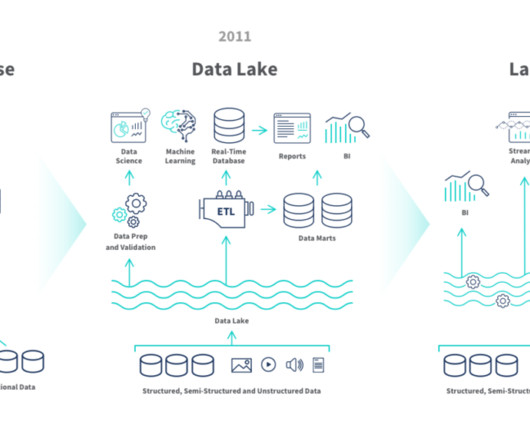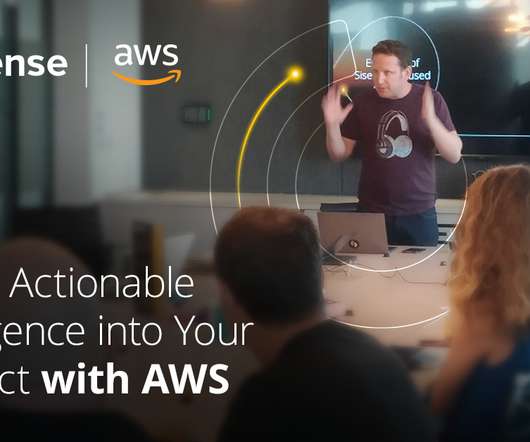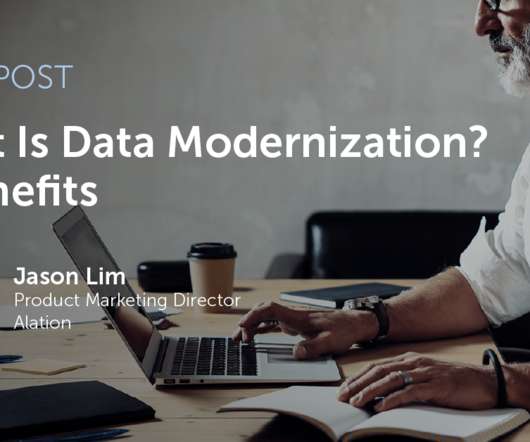Salesforce debuts Zero Copy Partner Network to ease data integration
CIO Business Intelligence
APRIL 25, 2024
Currently, a handful of startups offer “reverse” extract, transform, and load (ETL), in which they copy data from a customer’s data warehouse or data platform back into systems of engagement where business users do their work. Sharing Customer 360 insights back without data replication.




























Let's personalize your content